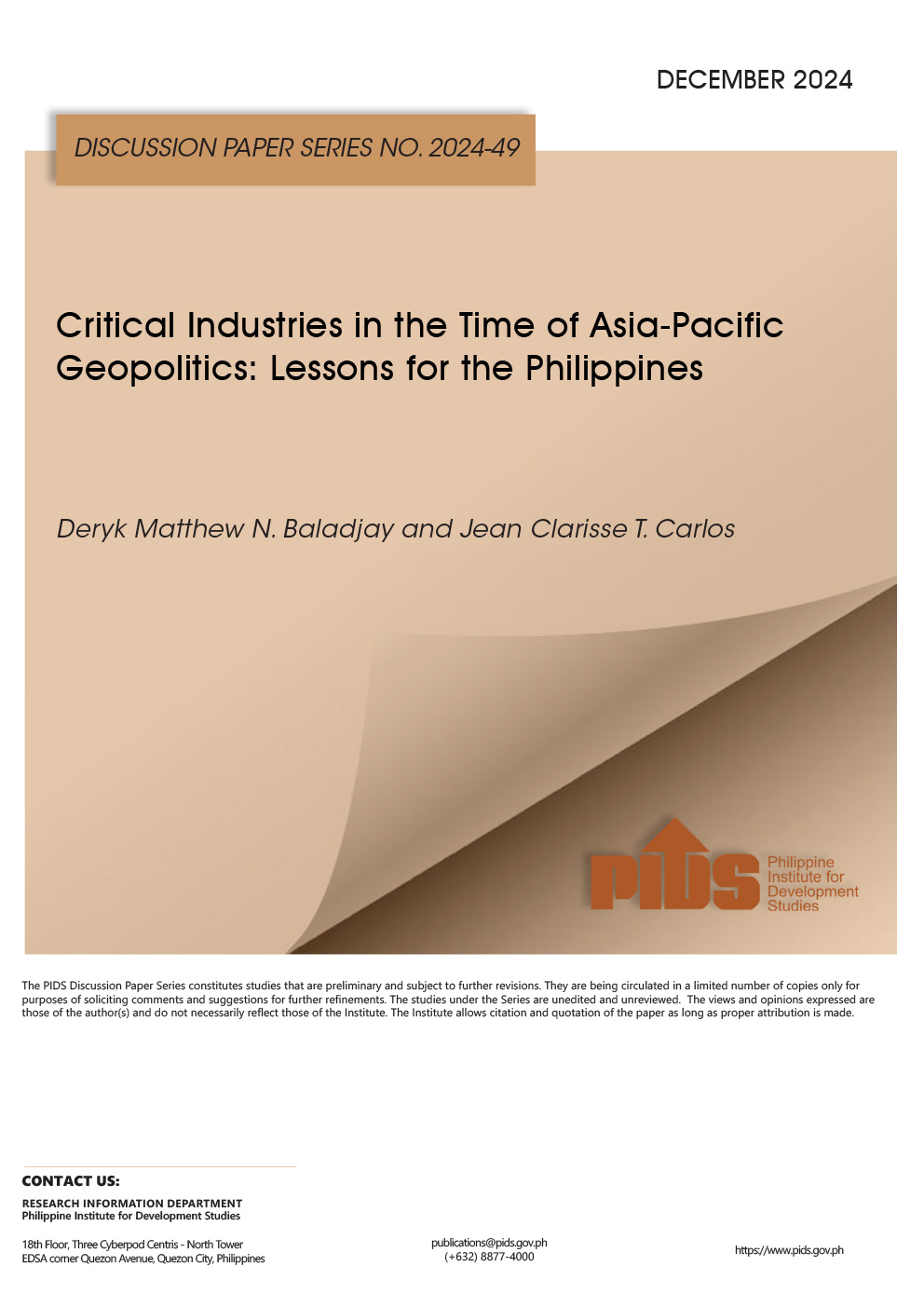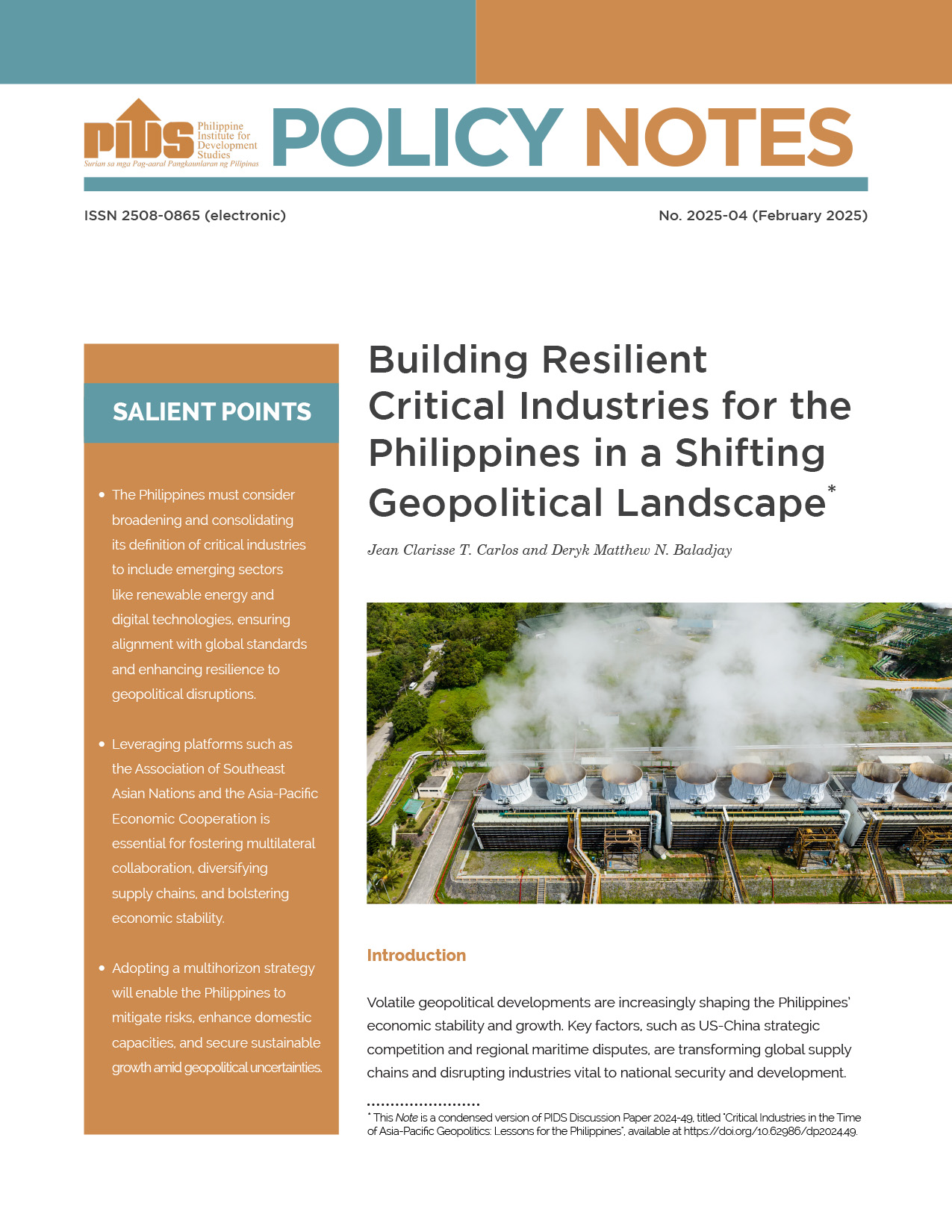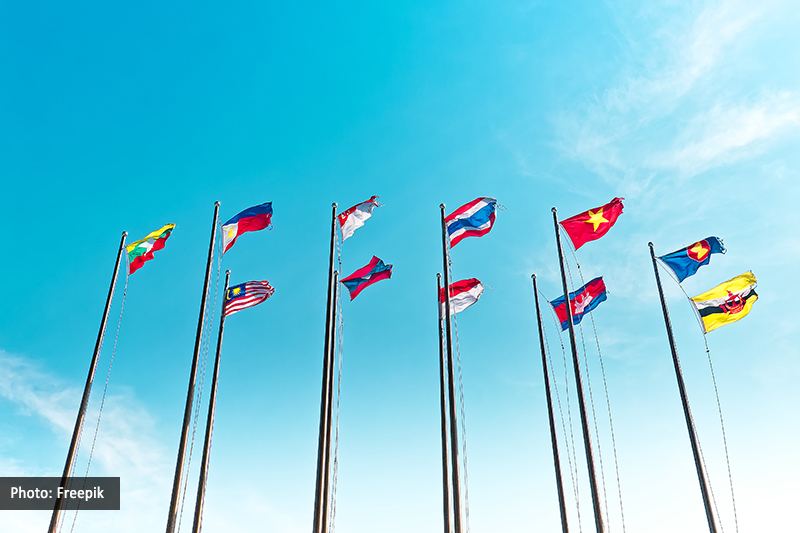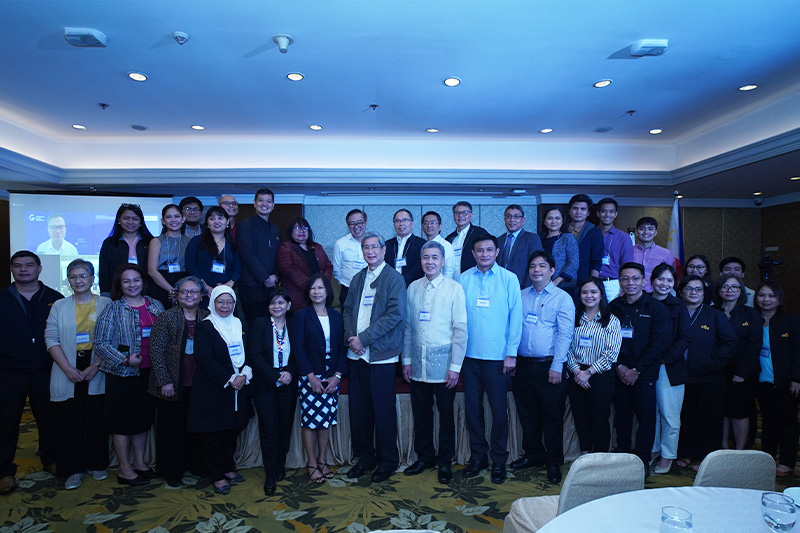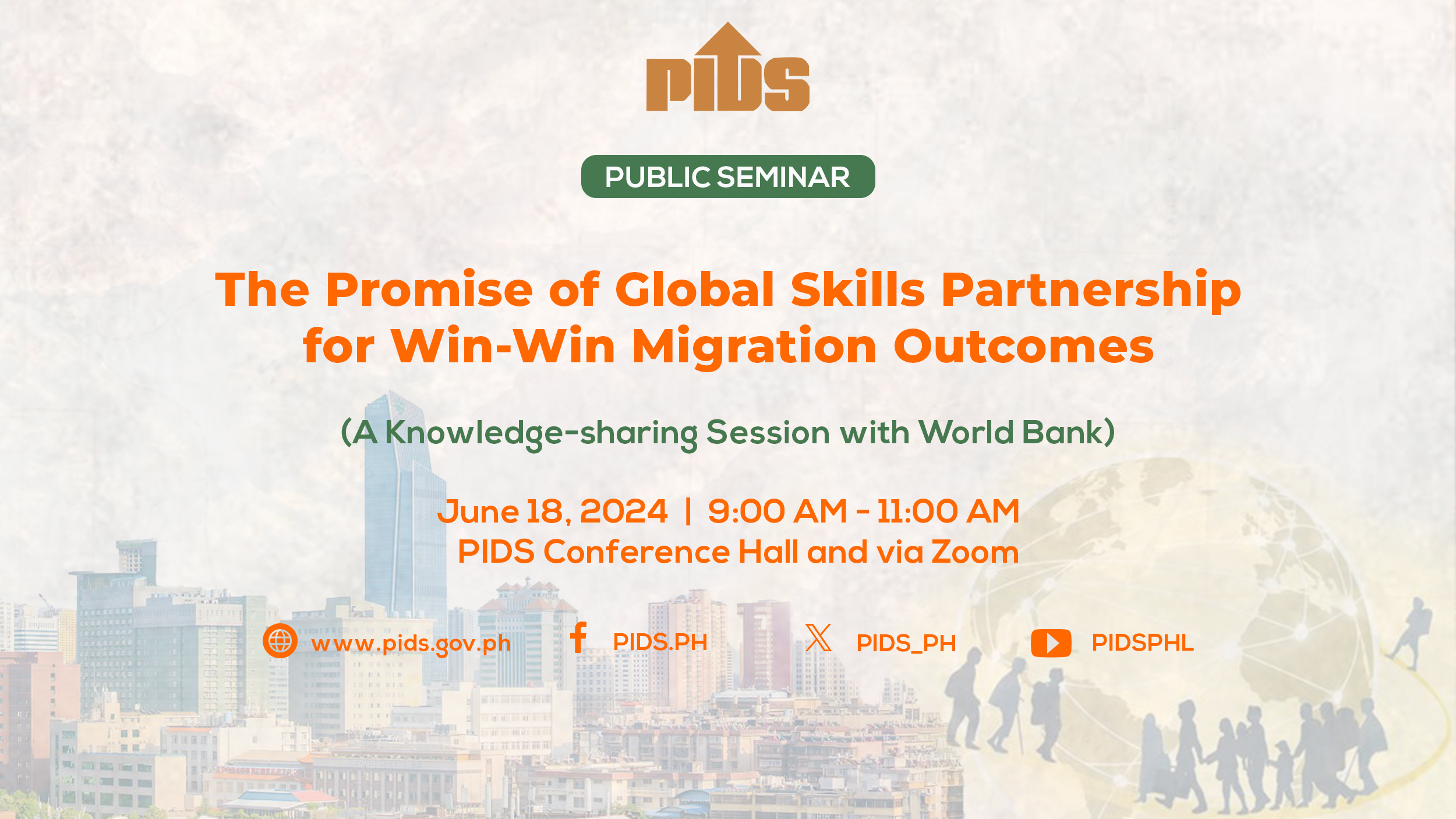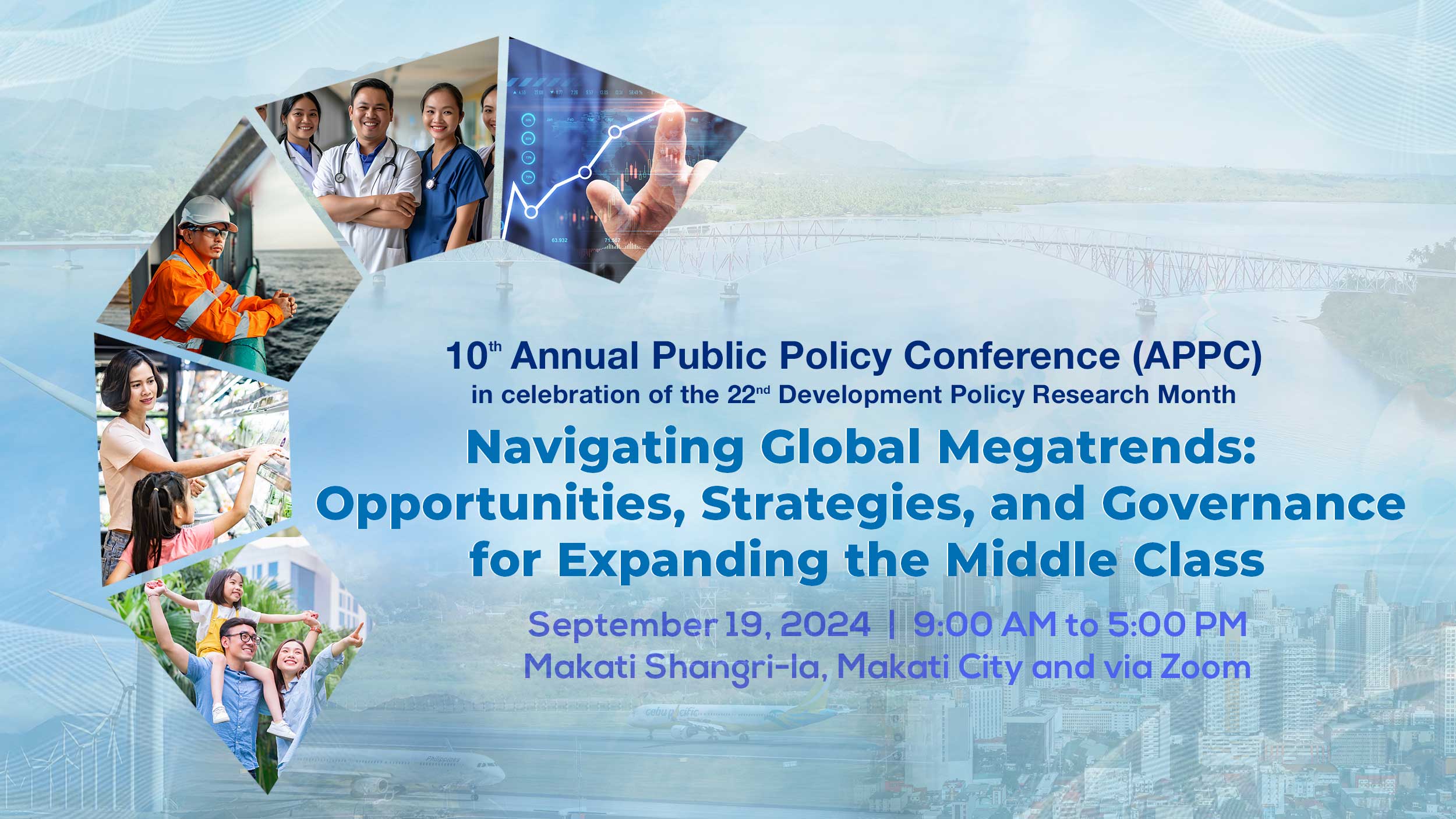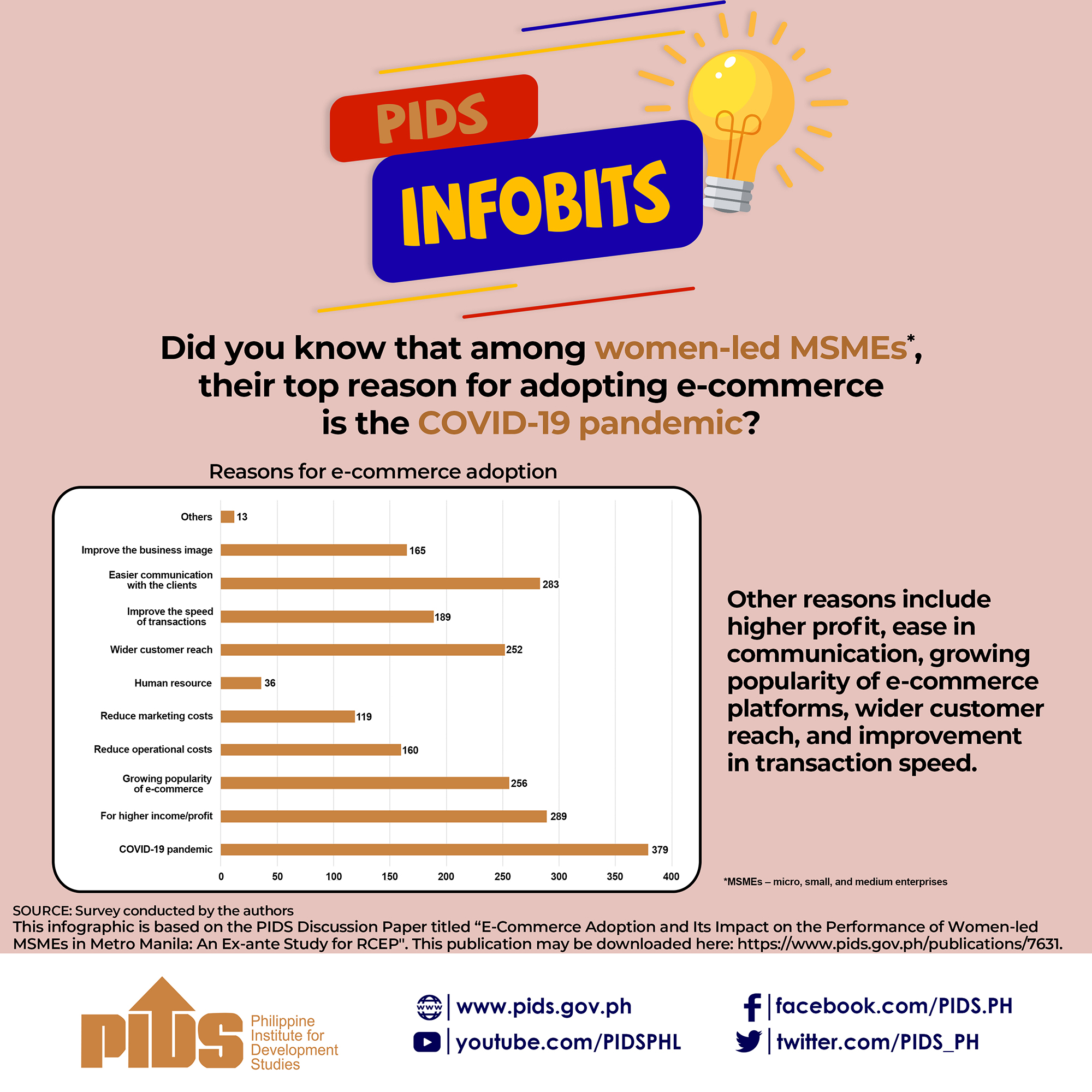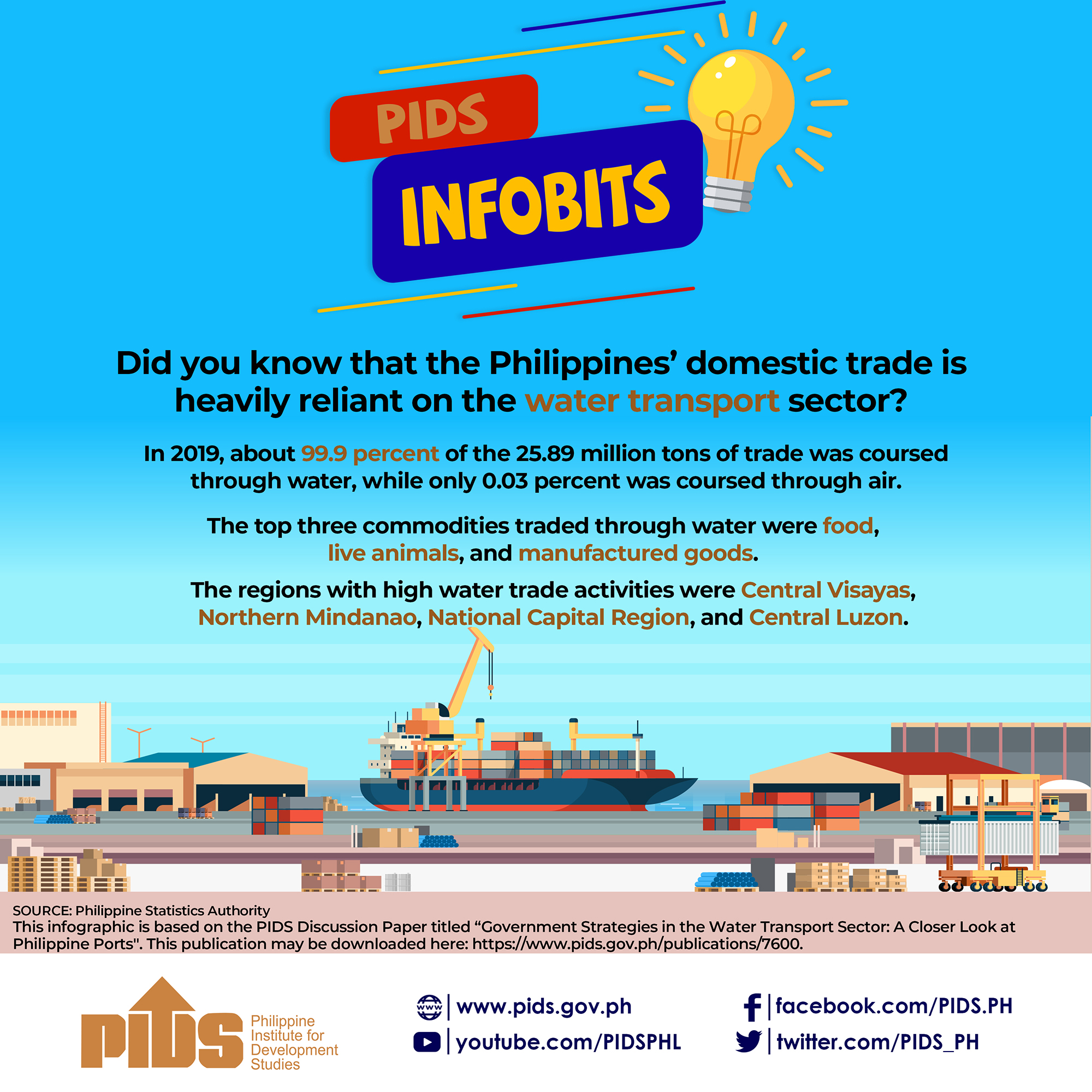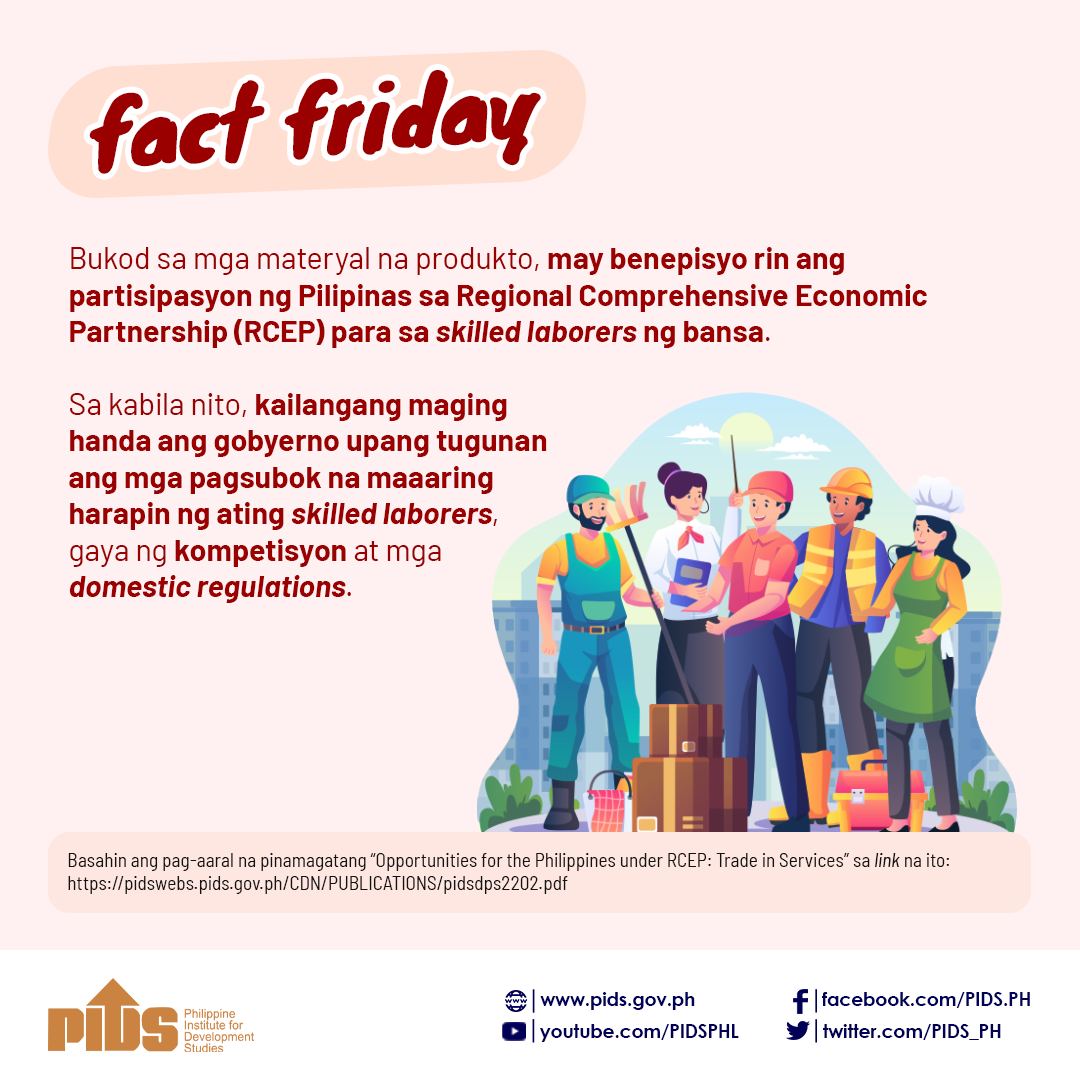The Philippines can continue to reinforce the importance of global value chains (GVCs) when the country hosts the Asia-Pacific Economic meeting this year, recommends a study released by state think tank Philippine Institute for Development Studies (PIDS).
The Policy Note, `Why global value chains and services matter: Implication for APEC 2015`, authored by PIDS Senior Research Fellow, Dr. Ramonette Serafica, depicts the aggregated GVC participation index of countries in the Asia-Pacific Region and demonstrates how GVCs dominate global trade. Serafica also underlines the opportunities in undertaking further analytical work on services GVCs.
Global value chains are the sequence of activities around the world involved in the conception, production, distribution, usage, and other activities that add value to a product.
Serafica highlights the benefits of GVCs for independent economies and the Asia-Pacific region and measures the extent of involvement of each individual economy through a participation index.
The opportunities to increase and optimize GVC participation are plenty for APEC, claims Serafica.
The trend for APEC nations is to target GVCs and segments that are congruent with the advantages and development objectives of their individual economies. Depending on the GVC requirements, APEC member countries can design business facilitation measures and investment policies to encourage growth.
With the right measures, individual economies can help capitalize on these advantages and create new specializations.
Still there are risks to consider.
GVC benefits are limited by the share of value added in the chain that a country is able to capture. Moreover, there are environmental and socio-cultural effects. And countries that become increasingly embedded in GVCs grow increasingly vulnerable to external shocks.
Expanding a country`s share of value added in the services GVC depend largely on the quality of infrastructure and efficient services markets. APEC nations are collaborating to improve the transport sector, business services, telecommunications, and distribution channels.
Overall, the challenge is in creating the environment for GVCs to thrive in the Asia-Pacific region.
Serafica recommends that as the APEC 2015 host, the Philippines should build on the work already started and expand opportunities by undertaking further analytical work that focuses on the case studies of regional services value chains.
There aren`t sufficient studies on the important role of services in GVCs and the potential for the region and the individual economies to benefit from the growth of services value chains, especially where small and medium enterprises, which are most engaged in GVCs, can better access them.
The policy note recommends that studies be conducted on the following: input-output structure or the activities and segments in a services GVC and the corresponding structure of companies that participate in each activity or segment; geographic scope to understand the country-level positions within the chain; governance structure to understand the power dynamics that affect allocation and flow of resources within a chain; and the institutional framework, to understand the global conditions and policies that affect each stage of the GVC.
The Philippines should also encourage the analysis of upgrading strategies undertaken by countries, regions and other economic stakeholders to move to higher-value activities in GVCs so as to increase the benefits captured.
`Given the Philippines` comparative advantage in `other business services` and in `computer and information services`’, advancing regional cooperation in services value chains can further strengthen our export position in these activities,` notes Serafica.
Overall, the input from the recommended studies, research and analysis would help individual countries and the region to improve trade and investment policies, promote global services value chains growth, and ensure that individual economies capture the full benefits. #
You may download the full study from this link:
http://dirp3.pids.gov.ph/webportal/CDN/PUBLICATIONS/pidspn1422_rev.pdf
The Policy Note, `Why global value chains and services matter: Implication for APEC 2015`, authored by PIDS Senior Research Fellow, Dr. Ramonette Serafica, depicts the aggregated GVC participation index of countries in the Asia-Pacific Region and demonstrates how GVCs dominate global trade. Serafica also underlines the opportunities in undertaking further analytical work on services GVCs.
Global value chains are the sequence of activities around the world involved in the conception, production, distribution, usage, and other activities that add value to a product.
Serafica highlights the benefits of GVCs for independent economies and the Asia-Pacific region and measures the extent of involvement of each individual economy through a participation index.
The opportunities to increase and optimize GVC participation are plenty for APEC, claims Serafica.
The trend for APEC nations is to target GVCs and segments that are congruent with the advantages and development objectives of their individual economies. Depending on the GVC requirements, APEC member countries can design business facilitation measures and investment policies to encourage growth.
With the right measures, individual economies can help capitalize on these advantages and create new specializations.
Still there are risks to consider.
GVC benefits are limited by the share of value added in the chain that a country is able to capture. Moreover, there are environmental and socio-cultural effects. And countries that become increasingly embedded in GVCs grow increasingly vulnerable to external shocks.
Expanding a country`s share of value added in the services GVC depend largely on the quality of infrastructure and efficient services markets. APEC nations are collaborating to improve the transport sector, business services, telecommunications, and distribution channels.
Overall, the challenge is in creating the environment for GVCs to thrive in the Asia-Pacific region.
Serafica recommends that as the APEC 2015 host, the Philippines should build on the work already started and expand opportunities by undertaking further analytical work that focuses on the case studies of regional services value chains.
There aren`t sufficient studies on the important role of services in GVCs and the potential for the region and the individual economies to benefit from the growth of services value chains, especially where small and medium enterprises, which are most engaged in GVCs, can better access them.
The policy note recommends that studies be conducted on the following: input-output structure or the activities and segments in a services GVC and the corresponding structure of companies that participate in each activity or segment; geographic scope to understand the country-level positions within the chain; governance structure to understand the power dynamics that affect allocation and flow of resources within a chain; and the institutional framework, to understand the global conditions and policies that affect each stage of the GVC.
The Philippines should also encourage the analysis of upgrading strategies undertaken by countries, regions and other economic stakeholders to move to higher-value activities in GVCs so as to increase the benefits captured.
`Given the Philippines` comparative advantage in `other business services` and in `computer and information services`’, advancing regional cooperation in services value chains can further strengthen our export position in these activities,` notes Serafica.
Overall, the input from the recommended studies, research and analysis would help individual countries and the region to improve trade and investment policies, promote global services value chains growth, and ensure that individual economies capture the full benefits. #
You may download the full study from this link:
http://dirp3.pids.gov.ph/webportal/CDN/PUBLICATIONS/pidspn1422_rev.pdf

